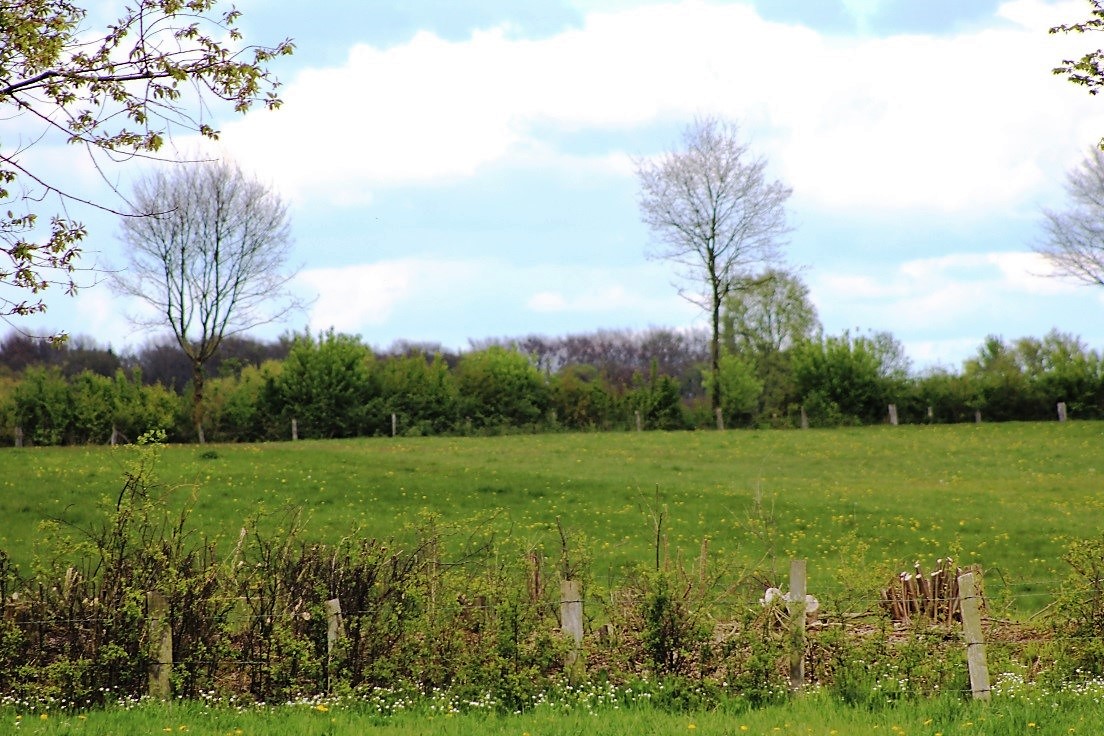by Anja Chalmin
The two featured farms are both based in the federal state of Schleswig-Holstein - Germany’s most sparsely wooded federal state, located between the Baltic and the Northern Sea in Northwestern Germany. In 2017, both farms won an award for their well-maintained ‘Knicks’. The so-called ‘Knicks’ are a wide-spread traditional hedgerow system in this region, with a combined length of more than 68.000 kilometres – corresponding to one and a half times the circumference of the earth. ‘Knicks’ are man-made soil ridges covered with trees, shrubs and herbs. They were established from the mid-18th century to mark plot boundaries, to ensure that grazing livestock did not stray onto neighbouring land, and to provide products as fuel or construction material. The term ‘Knicks’ derives from the German verb “knicken” and describes that branches were bended downwards and stuck into the soil to promote dense growth. Well-maintained ‘Knicks’ offer a remarkable ecological diversity, because they are structured into tree, shrub and grass layer - as two assembled forest margins.
- Since the 1950s, in the course of the agricultural intensification and industrialization, the extent and the ecological value of the hedgerow system have decreased. In the meanwhile the ‘Knicks’ are protected by the federal nature conservation act, inter alia, by the following rules:
- To maintain their diversity and functions, ‘Knicks‘ have to be periodically cut back: every 10 to 15 years, in the period from October to February, shortly above the ground or the coppice shoots, in sections to avoid ‘clearcutting’ on a large-scale, at least one tree every 40-60 meters should be preserved;
- Lateral pruning can be repeated after three years at the earliest, with one meter distance from the soil ridge, up to four meters in height.
- On arable lands a 50 cm wide protection-strip may not be planted with crop plants, fertilized or sprayed.

The Staggen family farms on their land since ~1770. The farmed area amounts to 240 ha, thereof 40 ha are permanent pastures. 150 dairy cows are kept on the farm. The farmed land consists of 67 plots and plots are an average of 3.5 ha in size. The ‘Knicks’ on the farm were established between 1770 - 1820 and their combined length amounts to 31 km. Among the prevailing plants are hazel, blackberries, whitethorn, elderberry, raspberries, ferns, willow, oaks, wild plums, blackthorn, maple, spindle tree,… To ensure that birds can take full advantage of the berries, the farm doesn’t carry out any pruning measures before January. Deadwood within the hedgerows is allowed to remain to some extent, e.g. to promote insects; wood piles are established in field corners, e.g. to support hedgehogs.
The woody biomass is sold as renewable energy source in addition to supplying heating for the farm.

The ‘Rindergilde Geesthacht’ started cattle grazing in 1988 with 14 members and on 3 ha of land. In the meanwhile the association consists of 200 members, owns 20 Angus cows and the farmed area amounts to 52 ha, of these, 40 ha are permanent pastures. The farm allows the livestock to graze all year round and is certified organic since 20 years. In the 1960s and 1970s, most ‘Knicks’ disappeared from the farm; only 800 m were left along both sides of a farm track in 1988. In the meanwhile thei combined length increased to more than 4 km: 3.5 km of ‘Knicks’ have been newly established over the past three decades. The planting activities were financially supported by the rural district. Among the prevailing plants are whitethorn, blackthorn, oak trees and wild fruits. The cattle is using the ‘Knicks’ as an additional source of fodder. Hedgerow pruning provides woodchips for regional thermal utilization; thicker wood is removed and used by the association’s members.












